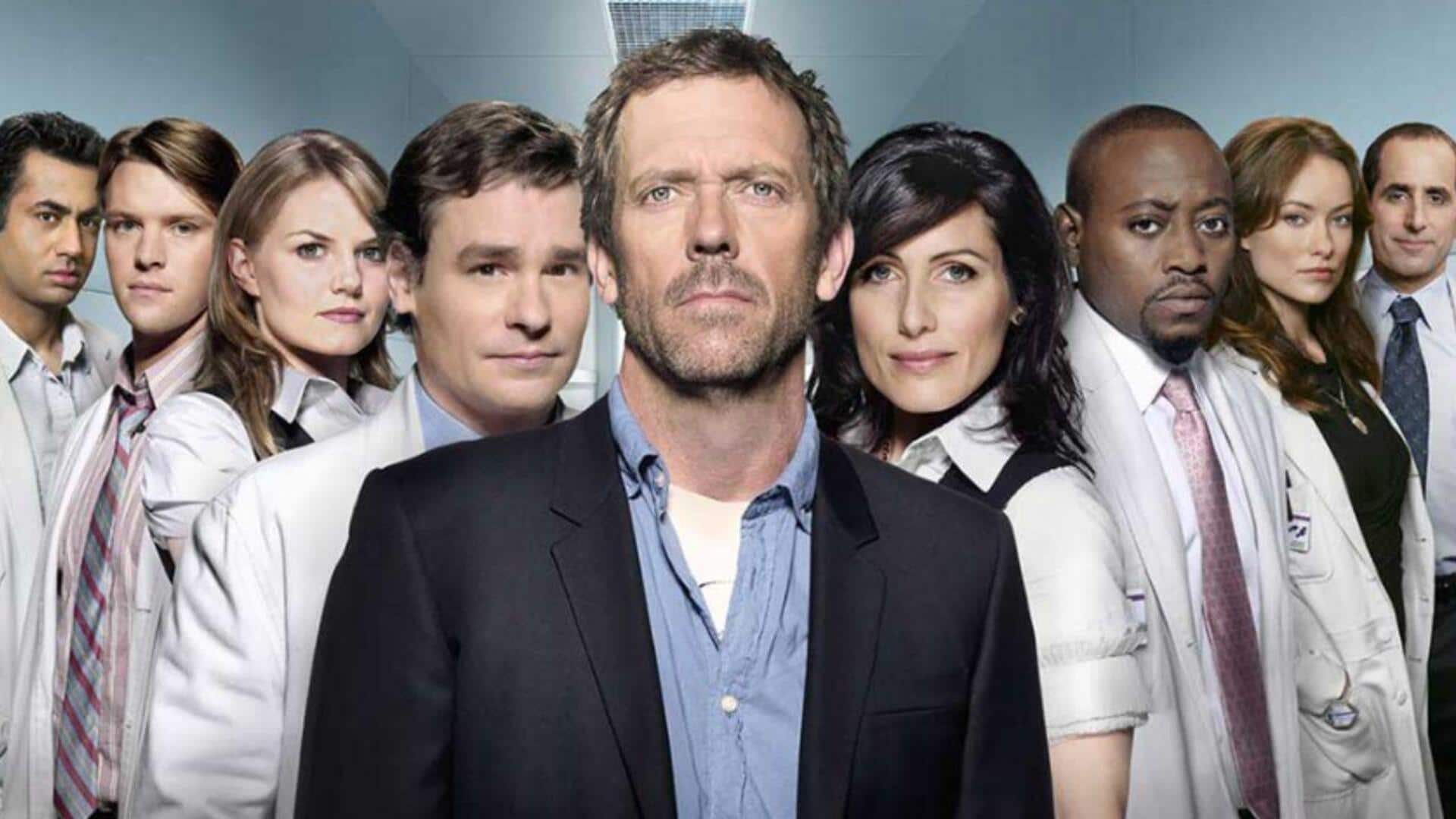
What 'House' teaches us about solving problems together
What's the story
House isn't just an entertaining medical drama; it's also a lesson in how medical teams work together. The show emphasizes how the combination of different skill sets and perspectives can solve even the trickiest medical mysteries. Through the banter between Dr. House and his team, we can learn a lot about teamwork under pressure. Here are some of the main aspects of collaboration shown in the series.
Tip 1
Emphasizing diverse expertise
In House, every team member contributes a unique set of skills, and they play an important role in cracking difficult cases. The show proves that a bunch of specialists can make for the most comprehensive solutions to a problem. From different angles of analysis, the chances of getting the diagnosis right and developing the right treatment plans improve manifold.
Tip 2
Encouraging open communication
Open communication is a recurring theme in House. It encourages its team members to speak their minds and poke holes in each other's ideas without the fear of being punished. The open dialogue creates a safe space for innovative solutions to flourish, as everyone feels valued and heard.
Tip 3
Balancing leadership with collaboration
Dr. House's leadership style is unconventional but works in some cases. Although he is always the one calling the shots, he also turns to his team for opinions to arrive at conclusions. The fine line between authoritative leadership and collaborative decision-making is what keeps the team morale high and delivers successful results.
Tip 4
Learning from mistakes
The series often depicts scenarios where the first diagnosis is wrong, prompting the team to dig deeper. These instances emphasize the value of learning from one's mistakes instead of pointing fingers. A culture that treats mistakes as lessons to be learned fosters a spirit of growth within a medical team.
Tip 5
Adapting under pressure
In House, while it is often the medical emergencies the team faces that demand quick thinking and adaptability, the show portrays these traits as essential. It emphasizes the importance of staying calm under pressure and being able to quickly adapt strategies when new information comes to the fore. This adaptability is critical for any medical team facing urgent situations, enabling them to respond effectively to rapidly changing scenarios.